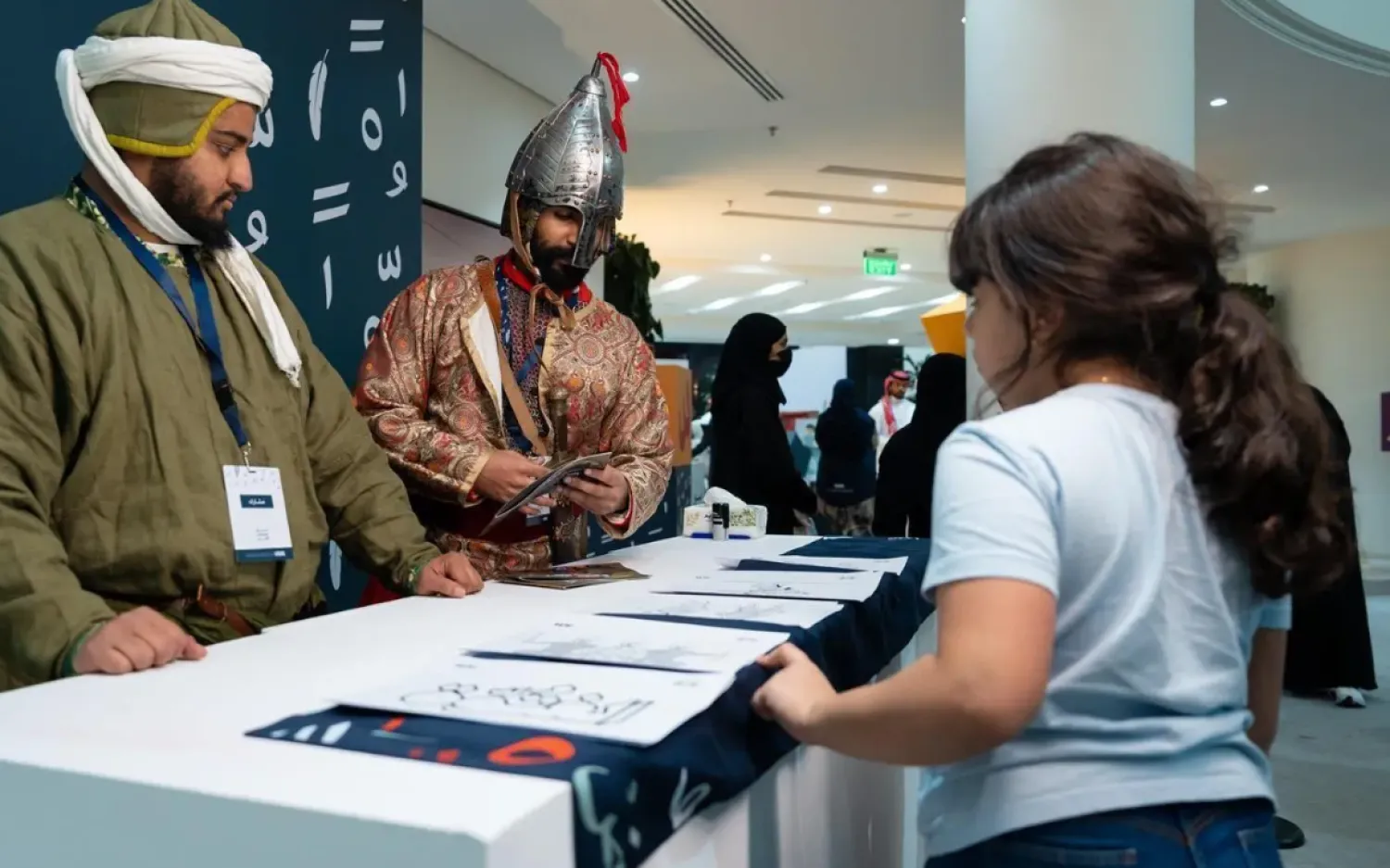Al Arabi Publishing and Distribution, Cairo, has released an Arabic translation of “The Lions of Sicily”, a novel by Stefania Auci. Translated by Egyptian Leila al-Badri, the novel tells a decade-worth of stories about a El Florio family, which lived fame, wealth, power, love, betrayal, secrets, and revenge.
From the early 19th century till the 1930s, the members of El Florio family were the trade lords of Sicily. In their beginnings, they were poor spice vendors, then worked in tuna fishing, sulfur trade, metal molding and many other emerging industries at the time, which made them the lions of the famous Italian province.
The writer takes her readers in a trip throughout the personal history of the Sicilian family, starting with Paolo, founder of the Florio empire, his son, and his grandson, who wasted the family’s fortune on partying. After showcasing the family’s stubborn, rude men, who often find themselves forced to chose between ambition and sacrifice, the novelist shed lights on El Florio’s tough and decisive women, tender mothers, attractive lovers, and wounded wives who are looking for a place in this world.
Italian writer and Novelist, Stefania Auci was born in 1974 in the city of Trapani. After she graduated law school, she worked for an attorney before switching to teaching. She started writing in college, and published her first novel, “Flowers of Scotland” in 2011. Her fame kicked off after releasing the first volume of “The Lions of Sicily” in 2019, which became a best-selling novel not only in Italy, but also in the US, Germany, France, The Netherlands, and Spain with several translations, and won an esteemed national literary prize in Italy.
Read below a segment of the novel:
“In front of the El Florio store parked a fancy, large car that closed the route, leaving a little space for pedestrians to pass. A beautiful perfume diffused in the air surrounding the store, it was a unique mix of hay and soft flowers scents. Inside the store sits a man who belongs to the craftsmen class who came to buy red lead; he was served by Michel, while Ignazio took care of another customer.
Few moments later, a beautiful, attractive, noble woman stepped from the car and entered the store. She was wearing a colorful coat covered with fox fur shielding her from the freezing cold of March. Her white, soft skin revealed her real age that she tried to hide with makeup. Ignazio smiled at her while grinding wormwood and anise.”









